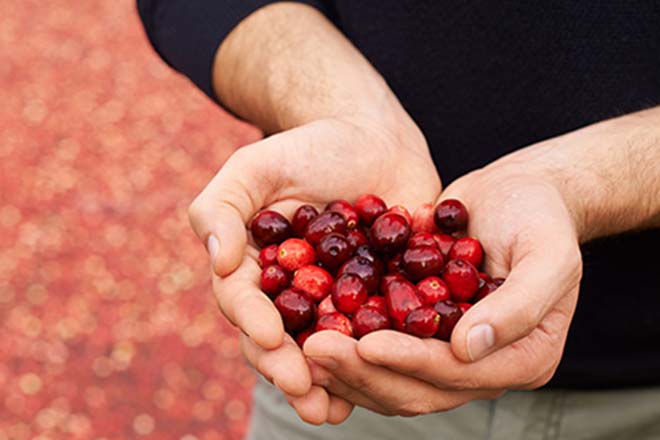What land improvements depreciation means for agriculture producers
The tax rules that allow land improvement depreciation and expense write-offs come with some interesting twists in logic. Here’s a guide to help farmers and ranchers when compiling their taxes:
Can land improvements be depreciated?
It’s important to understand how tax depreciation for land improvements is defined by the IRS.
Land improvements includes steps ag producers have taken to improve a raw piece of land’s capabilities, like land leveling, land clearing and adding reservoirs, irrigation ditches, dams and pavement.
However, land improvement does not include buildings, grain storage facilities or single-purpose agricultural structures. Those assets have different depreciation rules and lives.
The amounts you spend on land improvements are separated into these four potential tax classifications:
- Repair expense
- Depreciation expense
- Soil and water conservation expense
- Non-deductible increase to the cost basis of land
Tax categories to use today
If an expenditure doesn’t fall into one of the first three categories, then it’s going to count as an increase in the cost basis of your land and won’t be deductible until you sell the land.
Here is how to account for the first three:
1. Repair expense
Repair expenses include what you spend to repair or maintain an improvement that already exists. If you removed sediment from a drainage ditch or reservoir, that counts as a repair expense.
2. Depreciation expense
Depreciation expenses include what you spend on assets that you expect to use for more than one year, but which won’t have an unlimited useful life — aka, the asset will deteriorate over time. These assets are usually man-made and include things like pavement, drainage tile, water and sewage lines, water wells and cattle guards.
Most of these assets have a tax depreciation life of 15 years. They qualify for bonus depreciation but not the section 179 expense election (although we should note that most components of a livestock or irrigation well or a drainage system do qualify for section 179).
Fences and corrals used for agriculture have a seven-year deprecation life and are treated like equipment for depreciation expense purposes. Also note that earthen structures can be depreciated if you can prove that the improvement you made to them will deteriorate over time.
3. Soil and water conservation expenses
Speaking of all things earthen, in many cases, earthen improvements to the land that will not deteriorate over time will be treated as a capital investment and added to the cost basis of your land. However, farmers have the opportunity to deduct these expenses as soil and water conservation expenses. Qualifying improvements include things like leveling land, removing trees and brush, planting windbreaks, terracing or furrowing, and building earthen dams, ditches, diversion channels and ponds.
Things to consider with land improvements depreciation
- In order to be deductible, the expenses need to be either part of a plan approved by the Natural Resources Conservation Service (NRCS) or consistent with NRCS requirements or those of a state plan.
- The deduction is limited to 25% of your gross income from farming. However, the excess deduction can be carried forward to the next year.
- Any amounts you spend on your conservation project that are eligible for the land depreciation expense category must be depreciated and therefore cannot be included as a soil and water conservation expense.
- Land clearing expenses that prepare land for farming are not eligible for land improvements depreciation unless it’s the conversion of grazing land to farmland.
To claim the expense, you simply report it on the appropriate farm schedule line of your tax return. Any amounts you do not elect get added to the cost basis of the land.
Most tax advisors interpret the election to be an accounting method, meaning it’s binding on all future years unless you follow procedures to change the accounting method. The expenses also must be recaptured as ordinary income if your land is sold within 10 years of you making the expenditure. However, the recapture is reduced if the sale happens between five and 10 years of the expenditure.
How Wipfli can help?
Wipfli’s agricultural team understands the intricacies of land improvements depreciation options and can help you maximize your return. Learn more about how we can help on our agricultural services web page or check out these additional resources:.



